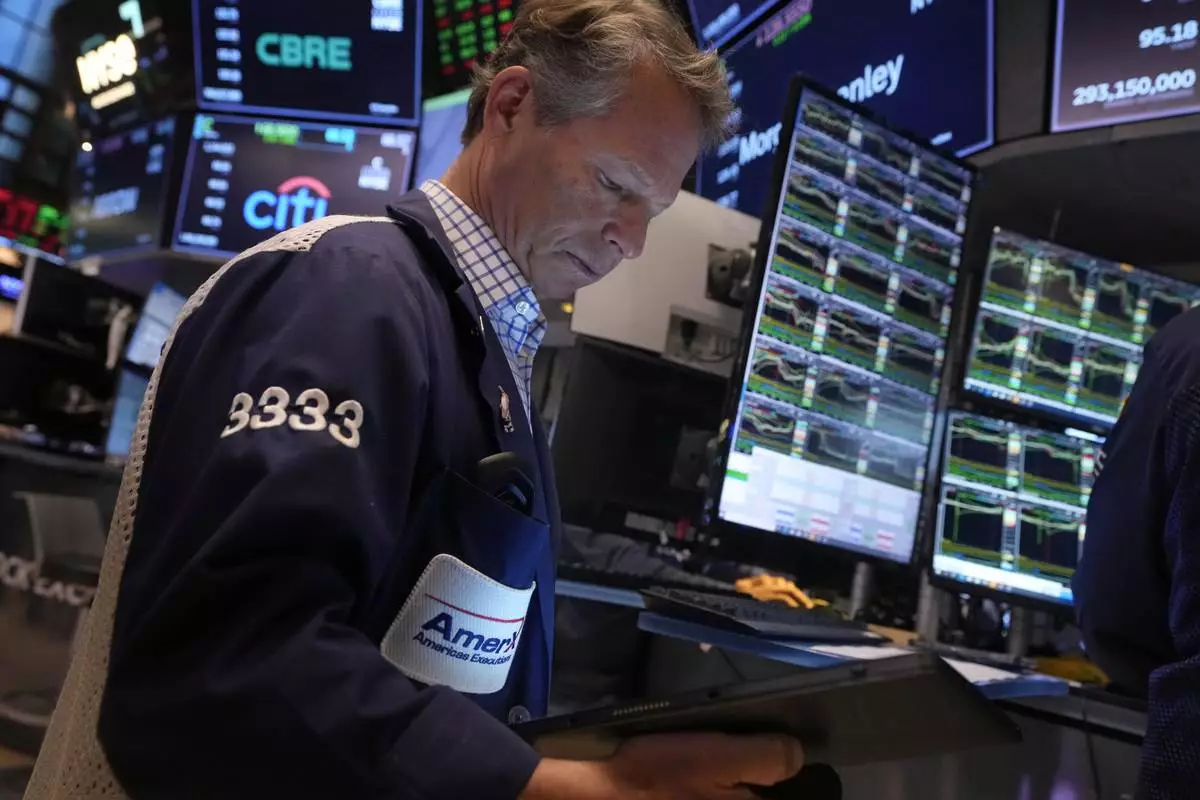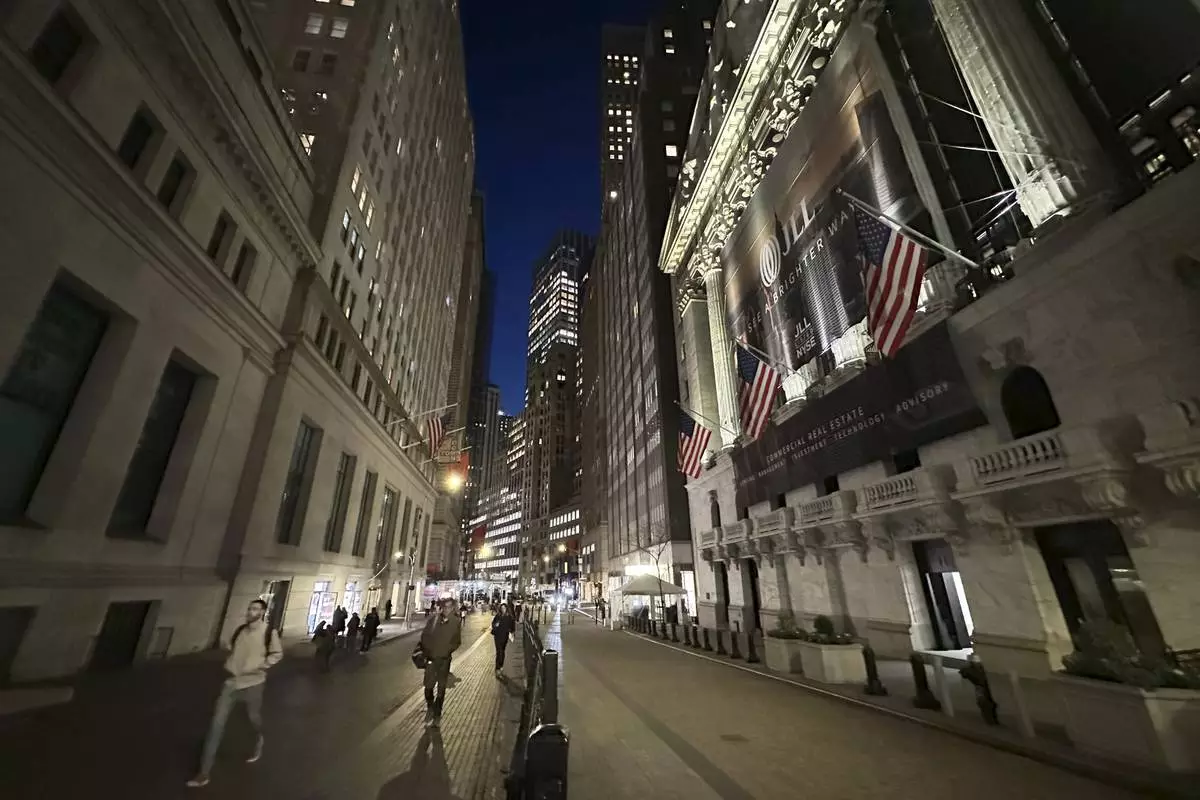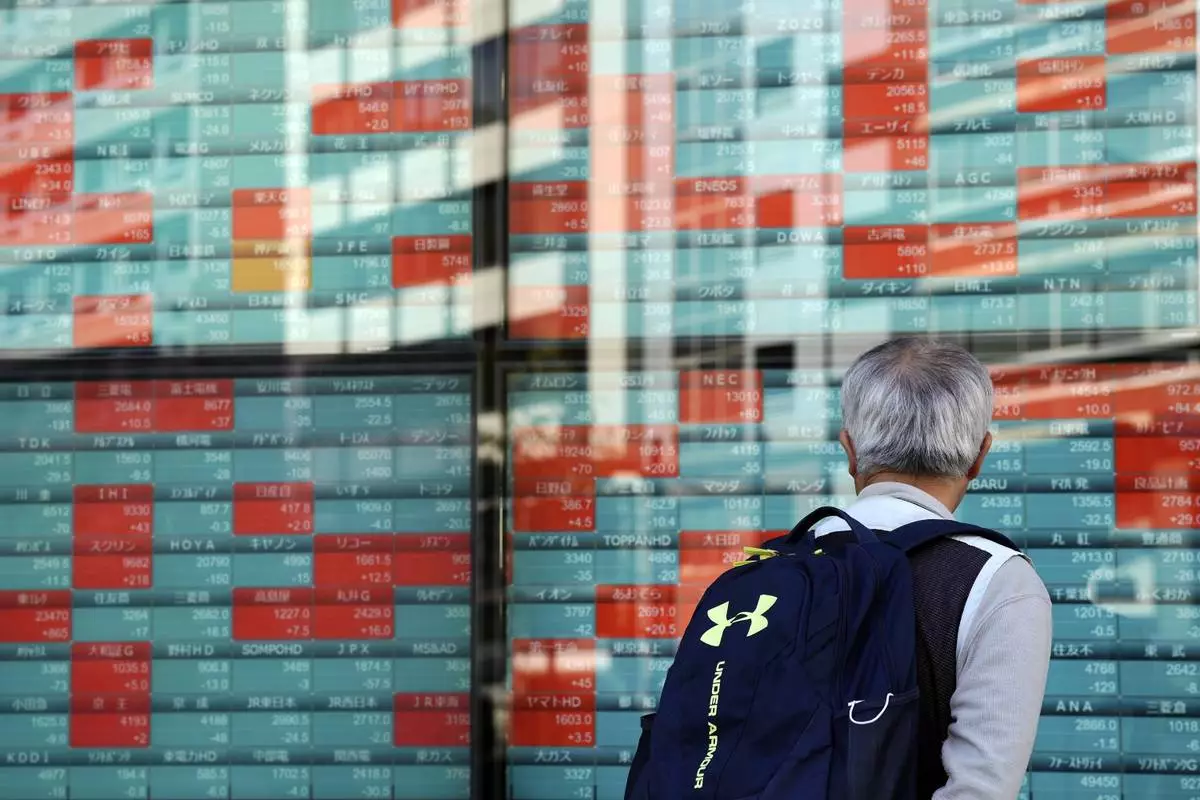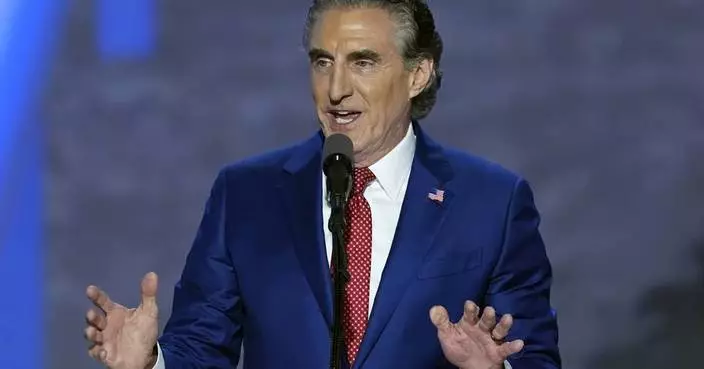ATLANTA--(BUSINESS WIRE)--Nov 15, 2024--
CRH today announced the acquisition of Dutra Materials in San Rafael, California. This acquisition expands CRH’s Americas Materials Solutions business and enhances its ability to provide integrated solutions to customers in northern California.
This press release features multimedia. View the full release here: https://www.businesswire.com/news/home/20241115161370/en/
Dutra Materials complements CRH’s Americas Materials Solutions business in the Western U.S., bringing additional strategic aggregate reserves and asphalt production capabilities to service the northern California construction market.
“We are delighted to welcome Dutra Materials into the CRH family. Following our entry into the state of California earlier this year via the acquisitions of BoDean Company and Northgate Ready Mix, we are excited to expand our presence in California and further enhance our ability to provide integrated solutions to customers in this attractive market,” said Scott Parson, President, Americas Materials Solutions, CRH.
“The construction market in California is one of the largest in the United States and presents CRH with attractive opportunities for continued growth. As North America’s leading integrated supplier of aggregates, asphalt and ready mixed concrete, we look forward to helping build, connect and improve Northern California and serving customers with our unique combination of building materials, products and solutions,” Parson added.
About CRH
CRH (NYSE: CRH, LSE: CRH) is the leading provider of building materials solutions that build, connect and improve our world. Employing c.78,500 people at c.3,390 operating locations in 28 countries, CRH has market leadership positions in both North America and Europe. As the essential partner for transportation and critical utility infrastructure projects, complex non-residential construction and outdoor living solutions, CRH’s unique offering of materials, products and value-added services helps to deliver a more resilient and sustainable built environment. The company is ranked among sector leaders by Environmental, Social and Governance (ESG) rating agencies. A Fortune 500 company, CRH’s shares are listed on the NYSE and LSE.
For more information visit: www.crh.com


(Photo: Business Wire)
NEW YORK (AP) — U.S. stocks tumbled Friday as the “Trump bump” that Wall Street got from last week’s presidential election, along with a cut to interest rates by the Federal Reserve, kept fading.
The S&P 500 dropped 1.3% for its worst day since before Election Day to close out a losing week. The Dow Jones Industrial Average fell 305 points, or 0.7%, and the Nasdaq composite sank 2.2%.
Makers of vaccines helped drag the market down after President-elect Donald Trump said he wants Robert F. Kennedy Jr., a prominent anti-vaccine activist, to lead the Department of Health and Human Services. Moderna tumbled 7.3%, and Pfizer fell 4.7% amid concerns about a possible hit to profits.
Kennedy still needs confirmation from the Senate to get the job, and some analysts are skeptical about his chances. “However, if Kennedy is confirmed, it is hard to bookend risks for investors as his views are so outside the traditional Republican health policy orthodoxy,” Raymond James analyst Chris Meekins wrote in a research note. Meekins is a former deputy assistant secretary at the department known as HHS.
“Investors may need to forget everything they thought they knew about Republicans and healthcare,” Meekins said. “Kennedy’s appointment may make it less likely traditional qualified experienced (Republican) staff will agree to join HHS, creating more uncertainty.”
Biotech stocks broadly sank to some of the market’s worst losses, but the sharpest drop in the S&P 500 came from Applied Materials. It fell 9.2% even though it reported a stronger profit for the latest quarter than analysts expected.
The provider of manufacturing equipment and services to the semiconductor industry gave a forecasted range for upcoming revenue whose midpoint was short of analysts’ expectations.
The pressure is on companies to deliver big growth, in part because their stock prices have been rising so much faster than their earnings. That’s made the broad stock market look more expensive by a range of measures, which has critics calling for at least a fade. The S&P 500 is still up 23% for the year and not far from its all-time high set on Monday, despite this past week’s weakness.
Stocks had been broadly roaring since Election Day, when Trump’s victory sent a jolt through financial markets worldwide. Investors immediately began sending up stocks of banks, smaller U.S. companies and cryptocurrencies as they laid bets on the winners coming out of Trump’s preference for higher tariffs, lower tax rates and lighter regulation.
But investors are also taking into account some of the potential downsides from Trump’s return to the White House.
Besides Friday’s hit to vaccine makers, Treasury yields have been climbing on both the economy’s surprising resilience and worries that Trump’s policies could spur bigger U.S. government deficits and faster inflation.
That’s forced traders to recalibrate how much relief the Federal Reserve could provide for the economy next year through cuts to interest rates. The Fed earlier this month lowered its main interest rate for the second time this year, and past forecasts indicated Fed officials saw more cuts as likely through 2025.
Lower interest rates can act as fuel for the economy and stock market, but they can also put upward pressure on inflation.
On Thursday, Fed Chair Jerome Powell suggested the U.S. central bank may be cautious about future decisions on interest rates. “The economy is not sending any signals that we need to be in a hurry to lower rates,” Powell said, though he declined to discuss how Trump’s potential policies could alter things.
Traders have since ratcheted back forecasts for whether the Fed will cut rates again at its meeting next month, though they still see better than a coin flip’s chance of it, according to data from CME Group.
On Friday, Treasury yields edged down in the bond market after swinging following several reports on the economy.
One showed shoppers spent more at U.S. retailers last month than expected, another signal that the most influential force on the economy remains solid.
“Many consumers were reporting that they were putting off trips and big ticket item purchases until after the election,” according to Brian Jacobsen, chief economist at Annex Wealth Management. “Many businesses reported they were putting off capital investment due to the election. Now that the uncertainty of the outcome is behind us, we could see some decent ‘relief spending.’”
Friday’s data on retail sales, though, may not be quite as strong as it appeared. After taking away purchases of automobiles, sales at retailers were weaker last month than economists expected.
The 10-year Treasury’s yield held at 4.44%, where it was late Thursday, after swinging up and down. The two-year yield, which more closely tracks expectations for Fed action, fell to 4.31% from 4.36% late Thursday.
All told, the S&P 500 fell 78.55 points to 5,870.62. The Dow dropped 305.87 to 43,444.99, and the Nasdaq sank 427.53 to 18,680.12.
In stock markets abroad, London’s FTSE 100 fell 0.1% after data from the Office for National Statistics showed economic growth slowed to 0.1% in the July-September quarter from the 0.5% in the previous quarter. It was weaker than expected.
Tokyo’s Nikkei 225 gained 0.3% after data showed growth for Japan’s economy accelerated in the latest quarter, even as the Bank of Japan raised interest rates in July.
AP Writers Matt Ott and Zimo Zhong contributed.

Trader Robert Charmak works on the floor of the New York Stock Exchange, Friday, Nov. 8, 2024. (AP Photo/Richard Drew)

People pass the New York Stock Exchange, right, on Wednesday, Nov. 13, 2024, in New York. (AP Photo/Peter Morgan)

FILE - Currency traders work at the foreign exchange dealing room of the KEB Hana Bank headquarters in Seoul, South Korea, Tuesday, Nov. 12, 2024. (AP Photo/Ahn Young-joon, File)

FILE - A person looks at an electronic stock board showing Japan's Nikkei index at a securities firm Wednesday, Nov. 13, 2024, in Tokyo. (AP Photo/Eugene Hoshiko, File)















